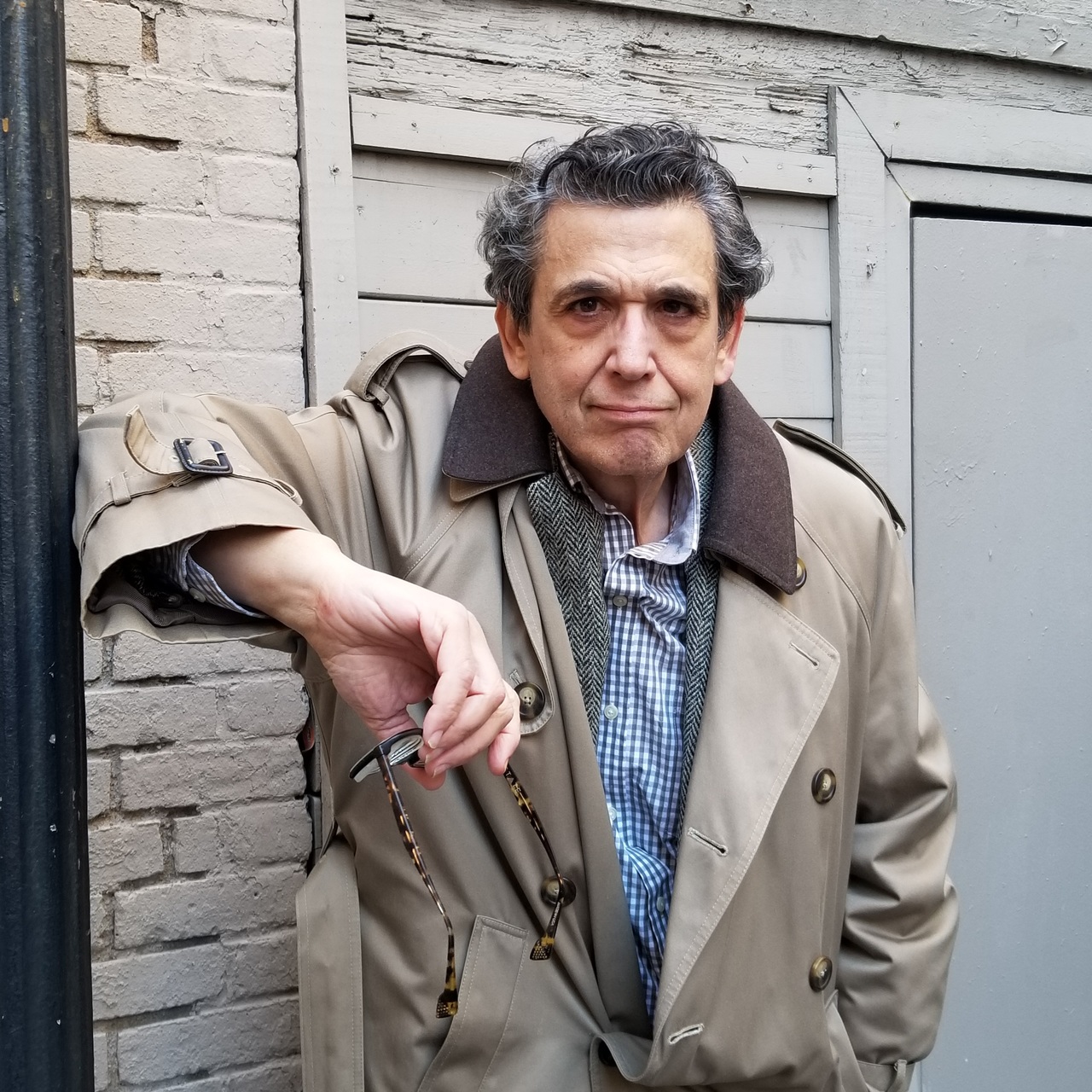How did Charles Cowlam resort to a lifelong career in crime during the Gilded Age? During this fascinating interview, the author of A Wonderful Career Crime stumbles upon several nuggets of U.S. history that would otherwise remain undetected by well-known historians. Frank Garmon shares his favorite stories of Cowlam’s life as a fraudster, bigamist, and swindler. He takes us to the origin of how this micro-history came to be in book form.
Interview Highlights
- The relationship to Herman Melville’s The Confidence Man
- The rise of the micro-history and what it means
- A book based on 25 letters to/from Charles Cowlam
- The pardons by both Lincoln and Davis
- The comparison of Cowlam to Frank Abagnale in Catch Me if You Can
- The long list of Cowlam’s misdeeds
- A few success stories at the IRS did not last long
- Cowlam’s work in Ireland did not last long
- Failed employment in Canada following an assassination
- Who to blame for Cowlam’s different life from his brother’s?
- Two fascinating nuggets from U.S. history
- The prisoner conundrum after succession
- Resume inflation and being found out in Florida
- What we can learn from this book and the wisdom of crowds
Charles Cowlam’s career as a convict, spy, detective, congressional candidate, adventurer, and con artist spanned the Civil War, Reconstruction, and Gilded Age. His life touched many of the most prominent figures of the era, including Abraham Lincoln, Jefferson Davis, and Ulysses S. Grant.
Selected Quotes
The world of confidence men, imposters, and charlatans offered another avenue for rejecting the free labor ethos.
Page 14
His stories were extraordinary, yet believable and difficult to authenticate. He excelled at presenting himself exactly the way those who encountered him wanted him to appear.
Page 25
The English essayist Samuel Johnson once remarked that “patriotism is the last refuge of the scoundrel.”
Page 182
More than anything Cowlam wanted to be accomplished, respected, and appreciated for his involvement in the Civil War. Even under the cover of a new identity, he was still telling the same stories that he had been relating for more than two decades.
Page 197
Frank Garmon’s Favorite Books
Episode Pairings





Leave a Reply